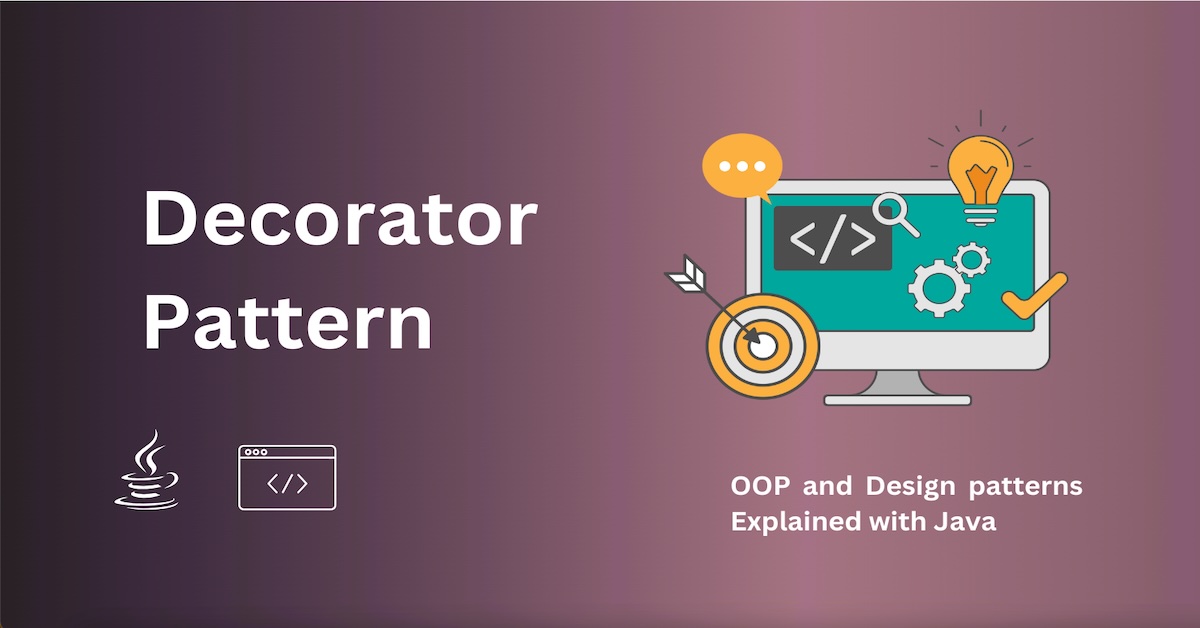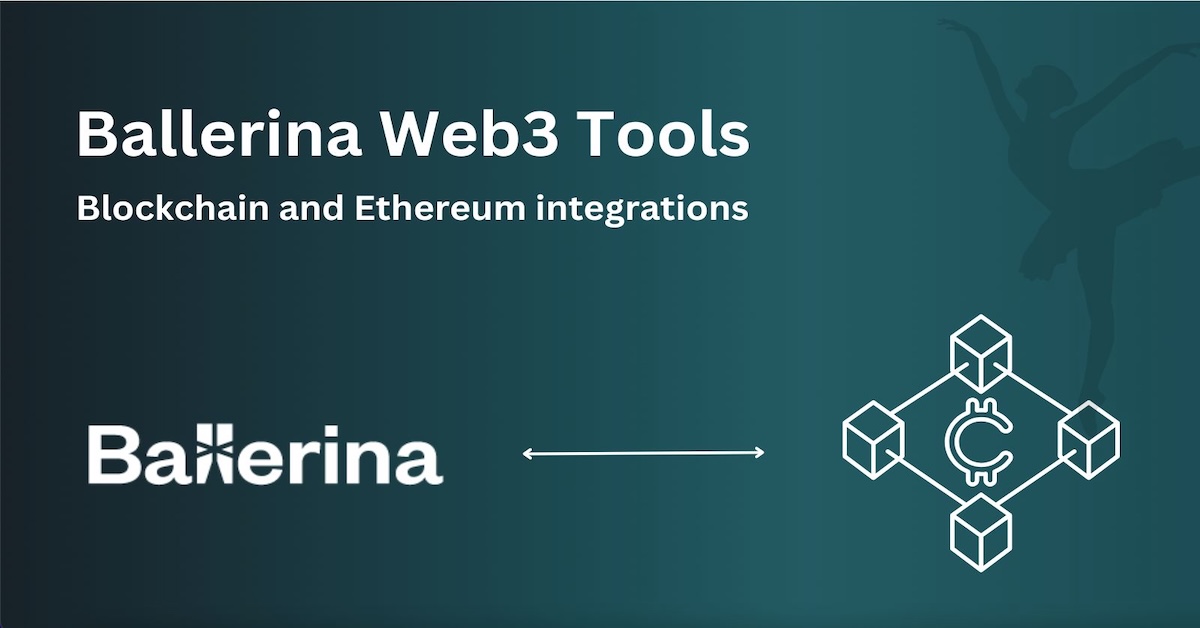Decorator Pattern explained simply
When you want to add new functionalities to an object without modifying its structure, the Decorator Pattern comes to the rescue.
The Decorator Pattern lets you dynamically wrap objects with new behavior. It's like layering a cake: each layer (decorator) adds something extra without changing the original cake (object).
What is the Decorator Pattern?
At its core:
- Attach additional responsibilities to an object dynamically.
- A flexible alternative to subclassing for extending functionality.
- You can "decorate" objects multiple times with different decorators.
A Real-Life Analogy
Imagine ordering a coffee:
- Base coffee = Espresso
- Add-ons (decorators) = Milk, Sugar, Whipped Cream
Each add-on wraps the base coffee and adds something new without changing the original espresso recipe.
Structure
- Component: An interface or abstract class defining the operations.
- ConcreteComponent: The basic object that will be decorated.
- Decorator: Abstract class that implements the component interface and has a reference to a component.
- ConcreteDecorators: Add extra behavior.
Simple Java Example
First, define a Coffee interface:
public interface Coffee {
String getDescription();
double getCost();
}Create a basic SimpleCoffee class:
public class SimpleCoffee implements Coffee {
@Override
public String getDescription() {
return "Simple Coffee";
}
@Override
public double getCost() {
return 5.0;
}
}Now, create the abstract CoffeeDecorator:
public abstract class CoffeeDecorator implements Coffee {
protected Coffee decoratedCoffee;
public CoffeeDecorator(Coffee coffee) {
this.decoratedCoffee = coffee;
}
@Override
public String getDescription() {
return decoratedCoffee.getDescription();
}
@Override
public double getCost() {
return decoratedCoffee.getCost();
}
}Create concrete decorators:
public class MilkDecorator extends CoffeeDecorator {
public MilkDecorator(Coffee coffee) {
super(coffee);
}
@Override
public String getDescription() {
return decoratedCoffee.getDescription() + ", Milk";
}
@Override
public double getCost() {
return decoratedCoffee.getCost() + 1.5;
}
}
public class SugarDecorator extends CoffeeDecorator {
public SugarDecorator(Coffee coffee) {
super(coffee);
}
@Override
public String getDescription() {
return decoratedCoffee.getDescription() + ", Sugar";
}
@Override
public double getCost() {
return decoratedCoffee.getCost() + 0.5;
}
}Using the Decorators
public class MainProgram {
public static void main(String[] args) {
Coffee myCoffee = new SimpleCoffee();
System.out.println(myCoffee.getDescription() + " $" + myCoffee.getCost());
// Add milk
myCoffee = new MilkDecorator(myCoffee);
System.out.println(myCoffee.getDescription() + " $" + myCoffee.getCost());
// Add sugar
myCoffee = new SugarDecorator(myCoffee);
System.out.println(myCoffee.getDescription() + " $" + myCoffee.getCost());
}
}Output:
Simple Coffee $5.0
Simple Coffee, Milk $6.5
Simple Coffee, Milk, Sugar $7.0Why Use the Decorator Pattern?
- Flexible and Scalable: You can add new features without altering existing code.
- Avoids Class Explosion: No need to create hundreds of subclasses for every combination of behavior.
- Single Responsibility Principle: Functionality is divided between classes.
Real-World Use Cases
- UI Frameworks: Adding borders, scrollbars, and shadows to components.
- Streams in Java (
InputStream,BufferedInputStream, etc.) - Logging frameworks: Dynamically add log processors.
Summary
The Decorator Pattern lets you dynamically add behavior to objects without modifying them.
It’s a cleaner, more flexible alternative to subclassing and helps keep your codebase extensible and maintainable.






